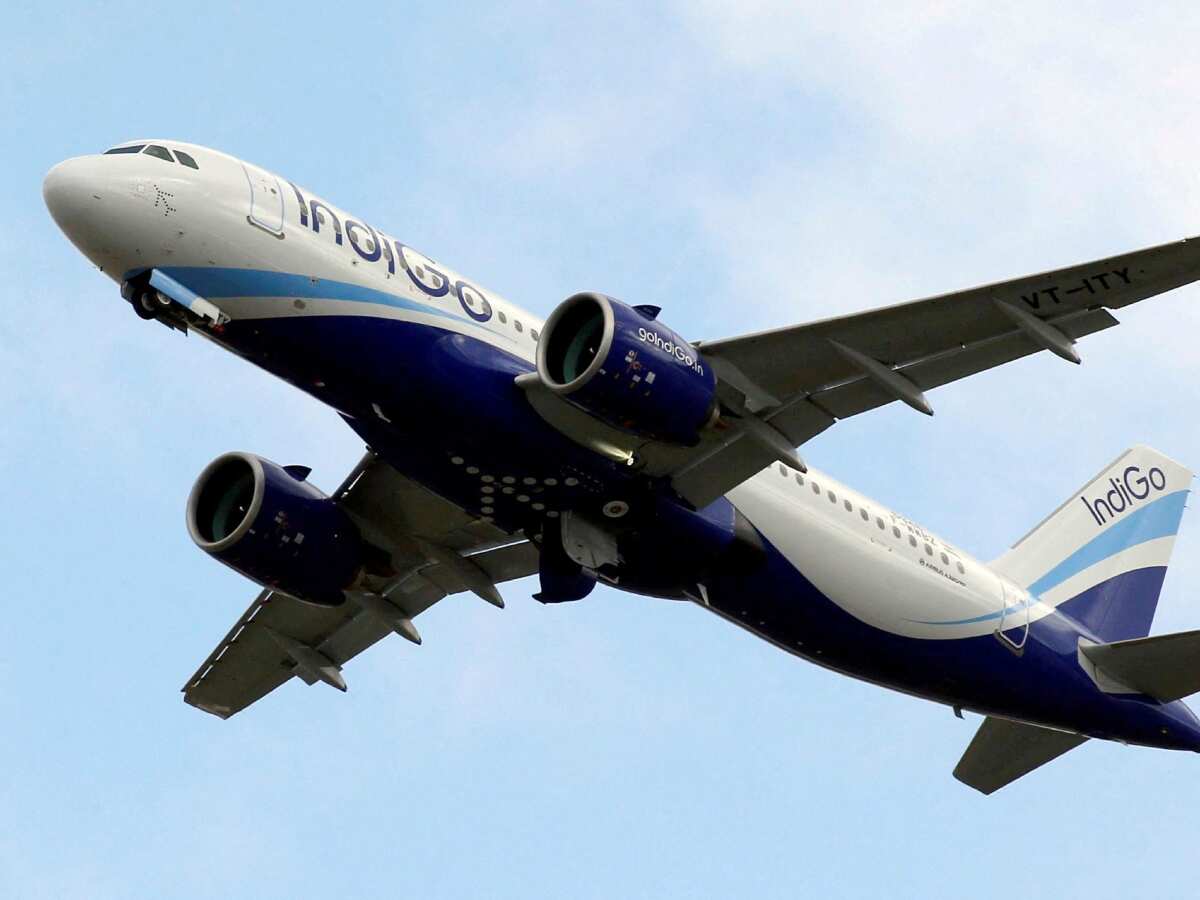Here is all you need to know:
He established a reputation as a fierce battlefield commander before emerging as head of the Houthi movement, mountain fighters who have been battling a Saudi-led military coalition since 2015.
Under his direction, the group has acquired tens of thousands of fighters and a huge arsenal of armed drones and ballistic missiles.
He has transformed a rural militia mostly engaged in insurgency tactics into one of the most resilient non-state armed groups of the region.
Al-Houthi is known for rarely staying long in one place, for never meeting the media, and for an extreme reluctance to make scheduled public appearances.
He is in his 40s and traces his lineage to the Prophet Mohammad.
The Houthi movement was formed to fight for the interests of the Zaydi Shias, a minority sect that ruled a 1,000-year kingdom in Yemen until 1962 but felt progressively threatened by the 1990-2012 rule of Ali Abdullah Saleh.
He launched a major offensive in January 2022 to capture the Yemeni city of Marib, the last stronghold of the internationally recognized government.
Iran champions the Houthis as part of its regional “axis of resistance” – a swathe of Iran-backed groups – and the movement has adopted elements of Tehran’s revolutionary ideology.
Saudi Arabia and its allies accuse Iran of arming and training the Houthis, allegations denied by Tehran. Analysts say the Houthis are more independent than Lebanon’s Hezbollah.
The Houthis, like other sides in Yemen politics, operate in a land of shifting alliances.
(With inputs from agencies)
















